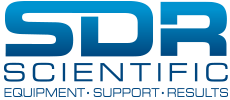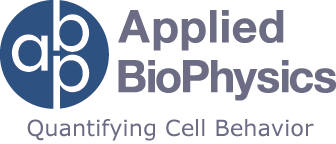Applied BioPhysics, Inc.
Applied BioPhysics, Inc. applies the results of biophysical research to provide practical tools for cell research and drug discovery.
ECIS™ or Electric Cell-substrate Impedance Sensing is an impedance based method to study many of the activities of animal cells when grown in tissue culture in real-time. These include morphological changes, cell locomotion, and other behaviors directed by the cell’s cytoskeleton. ECIS™ technology was invented by Drs. Ivar Giaever and Charles R. Keese while working at General Electric Corporate Research and Development, but its commercial potential was not explored as it fell outside of GE’s core interests. In 1991, as the applications of the technology became more apparent, Drs Giaever and Keese formed Applied BioPhysics, Inc. as a private company to develop, commercialise and market ECIS™ and other biophysical technologies. Applied BioPhysics is located next to the Rensselaer Polytechnic Institute campus, where several collaborative research projects are ongoing in the academic laboratories.
Since the formation of the company, the ECIS™ approach has been applied to numerous investigations including measurements of the invasive nature of cancer cells, the barrier function of endothelial cells, in vitro toxicity testing as an alternative to animal testing, and signal transduction involving GPCR’s for modern drug discovery.


